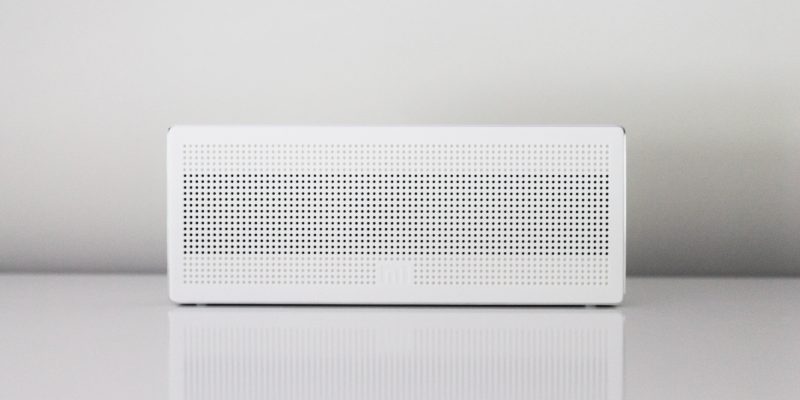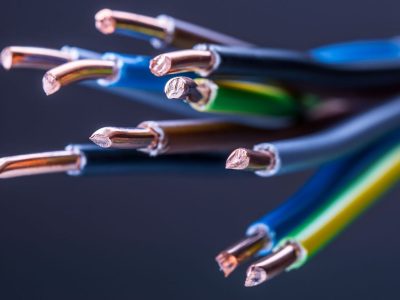We’ve all had this moment: you come home after an especially hot day, walk into your room, and flop down on the bed. And when you do — you feel a wave of cool air rush over you like nothing else matters in the world.
It’s amazing, isn’t it? How does this magic work? What are the mechanics behind making that dry summer heat dissipate and be replaced with a comfortable chill? Well if you’ve ever wondered how your air conditioner works – we’re about to unpack it for you!
In today’s’ blog post we will discuss what is inside an air conditioner unit, how energy is transferred from one form to another to create cold air and more importantly why taking care of your unit can save money (and keep optimizing comfort) in the long-run.
So don’t let that heady heat beat up on your mood anymore – make sure it knows who’s boss by learning exactly how an AC works today!
Check out the following link if you need help fixing your broken AC unit — https://imsheatingandair.com/air-conditioner-repair/.
How air conditioning works
Air conditioners work by circulating cool air throughout a room or building. The cool air is produced by a process called evaporation, which removes heat from the air. In order to evaporate the air, the air conditioner uses a refrigerant, which is a substance that absorbs heat.
The refrigerant
The refrigerant is a key component of an air conditioner, as it is responsible for absorbing and removing heat from the air. There are a variety of different refrigerants that can be used in air conditioners, but the most common option is Freon. Freon is a chlorofluorocarbon (CFC), which means that it contains chlorine and fluorine atoms.
How the refrigerant works
The refrigerant works by absorbing heat from the air and then releasing it outside. In order to do this, the refrigerant must first be in a gas form. When the refrigerant is in a gas form, it is able to absorb heat from the air. Once the refrigerant has absorbed enough heat, it changes into a liquid form.
Releasing the heat
Once the refrigerant has changed into a liquid form, it is then able to release the heat that it has absorbed. The process of releasing the heat is called condensation, and it occurs when the liquid refrigerant comes into contact with a colder surface. The most common way for the refrigerant to release its heat is by passing through coils that are located outside of the building or room that is being cooled.
The coils
The coils play an important role in releasing the heat from the refrigerant. As mentioned above, they are usually located outside of the building or room that is being cooled. The coils are made up of metal fins that help to increase their surface area. This increased surface area helps to release the heat from the refrigerant more quickly and efficiently.
The fan
Once the heat has been released from the coils, it must then be circulated throughout the room or building by a fan. The fan blows air over the coils, which helps to circulate the cool air throughout the space.
How to increase the lifespan of your air conditioner
Use these tips to keep your air conditioner in good shape for years to come:
Keep it clean
One of the best ways to increase the lifespan of your air conditioner is to keep it clean. Dirt and dust can clog up the unit and cause it to work less efficiently. Be sure to regularly clean the unit, both inside and out, to ensure that it is running at peak performance.
Change the filter
Another way to keep your air conditioner running efficiently is to change the filter regularly. Most filters should be changed every three months or so. A dirty filter can cause the unit to work harder than necessary, which can lead to premature wear and tear.
Don’t close off vents
If you have rooms that you don’t use often, you may be tempted to close off the vents in those rooms in order to save energy. However, this can actually put strain on your air conditioner, as it will then have to work harder to cool the rest of your home. It’s best to keep all vents open so that your unit can operate as efficiently as possible.
Use a programmable thermostat
If you want to save energy and money, invest in a programmable thermostat. This type of thermostat allows you to set specific times for your air conditioner to turn on and off. For example, you can set it so that your unit turns off when you leave for work and turns back on shortly before you arrive home. This way, you’re not cooling an empty house all day long.
Schedule annual maintenance
Finally, one of the best ways to increase the lifespan of your air conditioner is to schedule annual maintenance with a qualified technician. During maintenance, the technician will inspect the unit and perform any necessary repairs or replacements. This can help to prevent small problems from turning into big ones down the road
How does my air conditioner work? — Conclusion
Now that you understand the basics of how an air conditioner works, you can have a conversation with a professional about which type of AC unit is right for your home and your budget.
If you’re still feeling unsure about which system to purchase or how to maintain it once it’s installed, contact a professional HVAC company for more information. They will be able to answer any questions you have and help guide you in making the best decisions for your home.




















